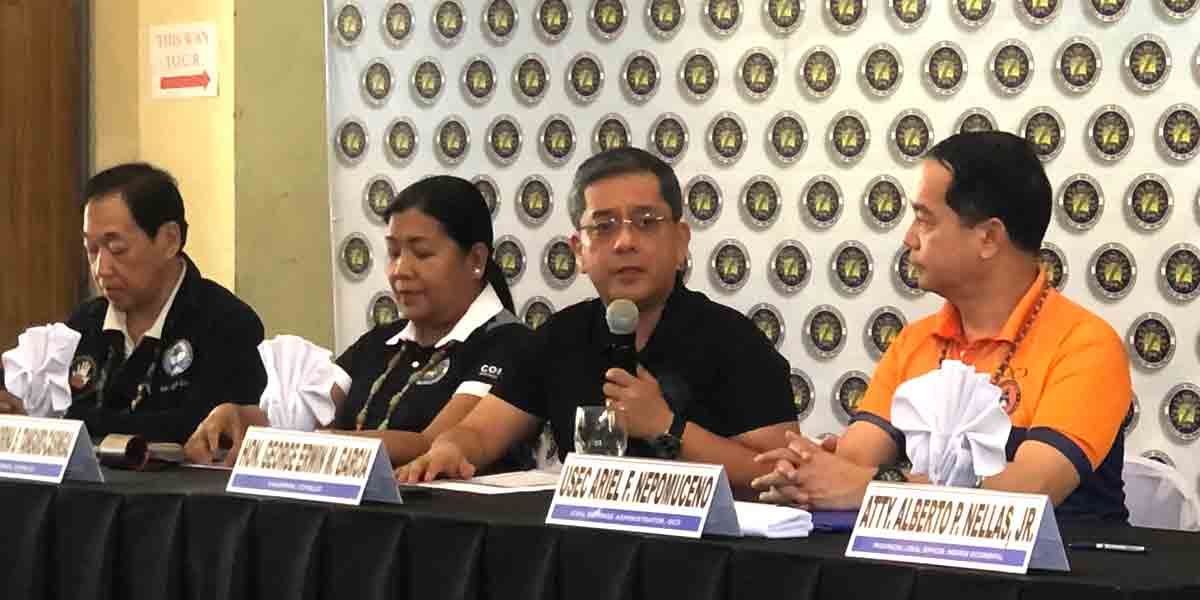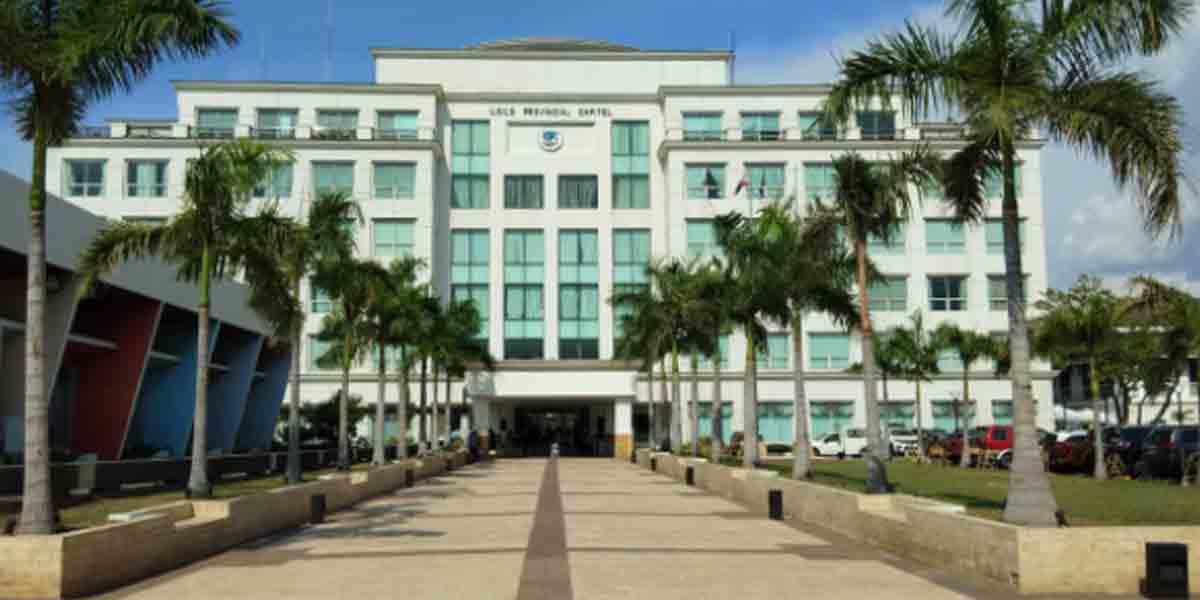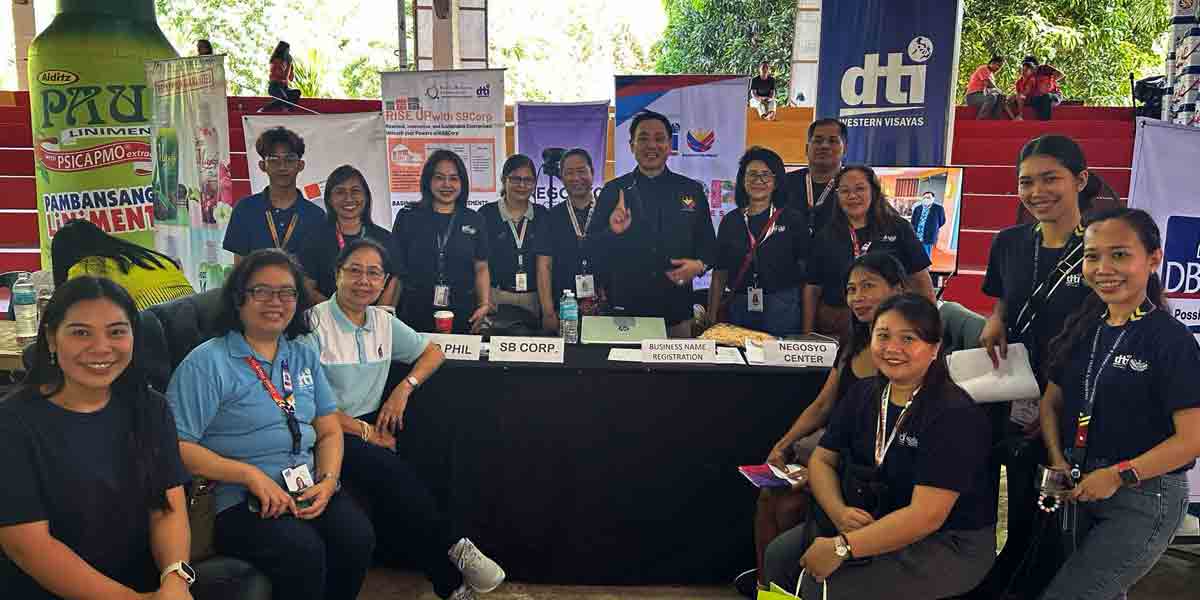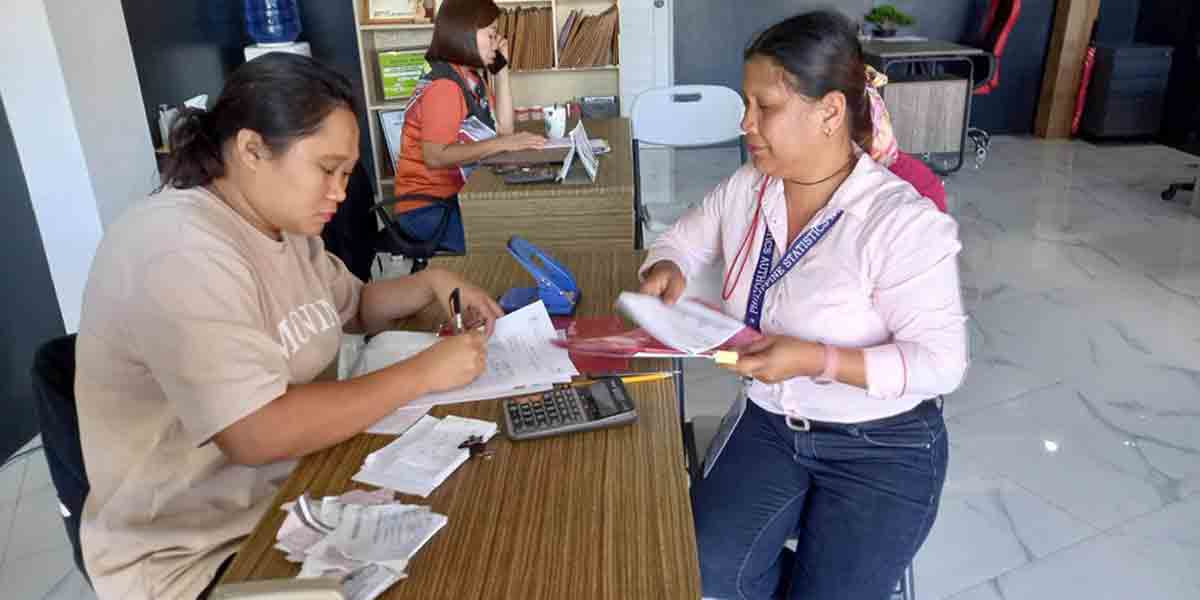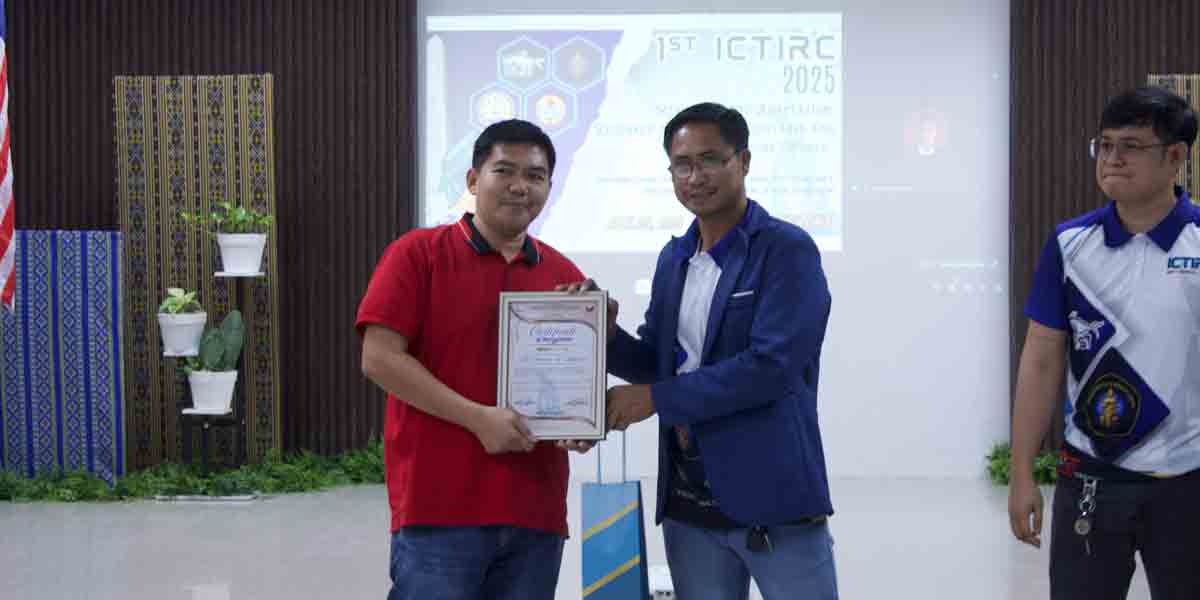By Ken Lerona
When we talk about tourism, it’s easy to reduce it to postcard images: an old colonial house, a scenic riverside, a steaming bowl of batchoy. But for tourism to truly drive economic growth—especially here in Iloilo—it must be seen not as a standalone attraction, but as an integrated, strategic economic system.
Tourism, when taken seriously, is not just about attracting visitors. It is about building an ecosystem where public infrastructure, private enterprise, community support, and cultural authenticity intersect. In Iloilo City and Province, we are uniquely positioned to lead this kind of tourism thinking—not because we are the most visited, but because we are ready for depth, not just volume.
Tourism as an Integrated System
Tourism works best when it’s not treated as an isolated sector but as a convergence of multiple systems. A tourist’s experience doesn’t begin at the arrival gate or in the plaza—it begins with the ease of access, the clarity of information, the safety of the streets, the warmth of the locals, and the seamlessness of services.
We must consider our tourism product a total offering. That includes transportation networks and airport facilities, broadband connectivity, health services, utility reliability, and the strength of our supply chains—from local producers and artisans to hotel suppliers and tour operators. When one piece breaks down, the experience falters. And when the experience falters, economic opportunity slips through our fingers.
Government, Business, and Community: A Strategic Triangle
A thriving tourism industry cannot rest on the shoulders of the government alone. While the role of LGUs and national agencies in infrastructure, policy, and promotion is vital, they are only one corner of the triangle. The private sector must step up not only as service providers but as experience creators—hotels, restaurants, transport operators, creative workers, and small businesses all have a stake in shaping Iloilo’s tourism identity.
But the most important—and often overlooked—partner in this equation is the community. The people. Locals are not mere spectators of the tourism economy; they are its heartbeat. Empowering communities through training, entrepreneurship, and capacity building turns them from passive beneficiaries into active stakeholders. We need more tour guides who are storytellers, more vendors who are culture bearers, and more youth who see tourism not just as a job, but as a calling.
Iloilo’s Advantage: A Culture of Elegance and Ease
There is something deeply Ilonggo about the way we do things—our sense of refinement, our grace under pressure, our warmth without the need for spectacle. Iloilo doesn’t have to shout to be heard. Our heritage speaks for itself. But this very elegance should also be our competitive advantage.
We are fortunate to have a city and province where urban planning and historical preservation coexist. The Iloilo River Esplanade, the restored downtown Calle Real, and the growing number of local museums and community spaces all signal that we are ready to do tourism right—not just fast.
Yet we must not be complacent. Tourism is evolving. Travelers are no longer looking just for destinations; they are seeking meaning, connection, and experience. The Ilonggo brand of hospitality—quiet, authentic, respectful—has the potential to lead in this new wave of purposeful travel.
Tourism as an Engine for Inclusive Growth
When designed thoughtfully, tourism becomes more than just a revenue source—it becomes a platform for inclusive development. It opens doors for farmers, weavers, tricycle drivers, chefs, and students. It has the power to decentralize opportunity from urban centers and bring growth to the countryside.
But this kind of growth must be earned. We must invest in people, not just in places. Let’s train our communities to become entrepreneurs, not just employees. Let’s ensure that the benefits of tourism don’t just flow to a few big players, but are shared across the entire value chain—from the tour guide in Miag-ao to the craftsman in San Joaquin.
The Road Ahead
For Iloilo to harness tourism as a true economic driver, we need a roadmap—one that is comprehensive, inclusive, and long-term. It should align urban and rural development, infrastructure investments, cultural preservation, environmental sustainability, and human capital development.
We already have the building blocks: a rich history, a progressive city, a growing airport, and a proud people. What we need now is a shared vision, one that binds government, business, and community in a common mission: to make Iloilo not just a destination, but a model for tourism-driven prosperity.
In tourism, as in life, the experience is everything. And here in Iloilo, we have what it takes to offer not just an experience, but an enduring impression—one that turns visitors into believers, and believers into ambassadors.
Let’s build that experience, together.
Ken Lerona is a marketing and branding leader with over 20 years of experience. He conducts talks and workshops for private and government organizations and consults on innovation and reputational risk management. Connect with him on LinkedIn at www.linkedin.com/in/kenlerona.


